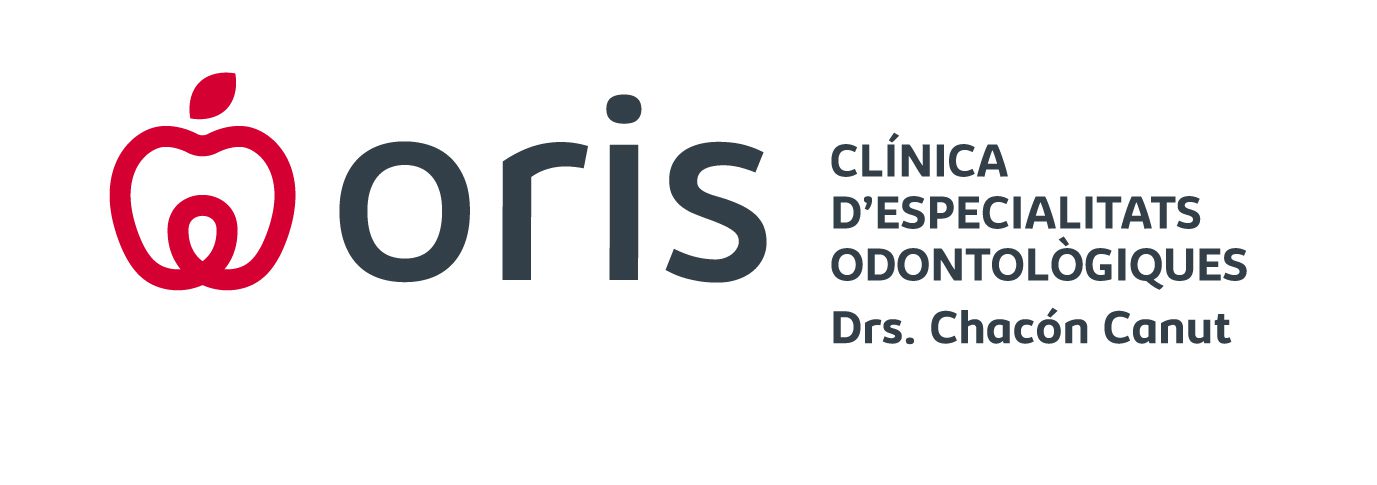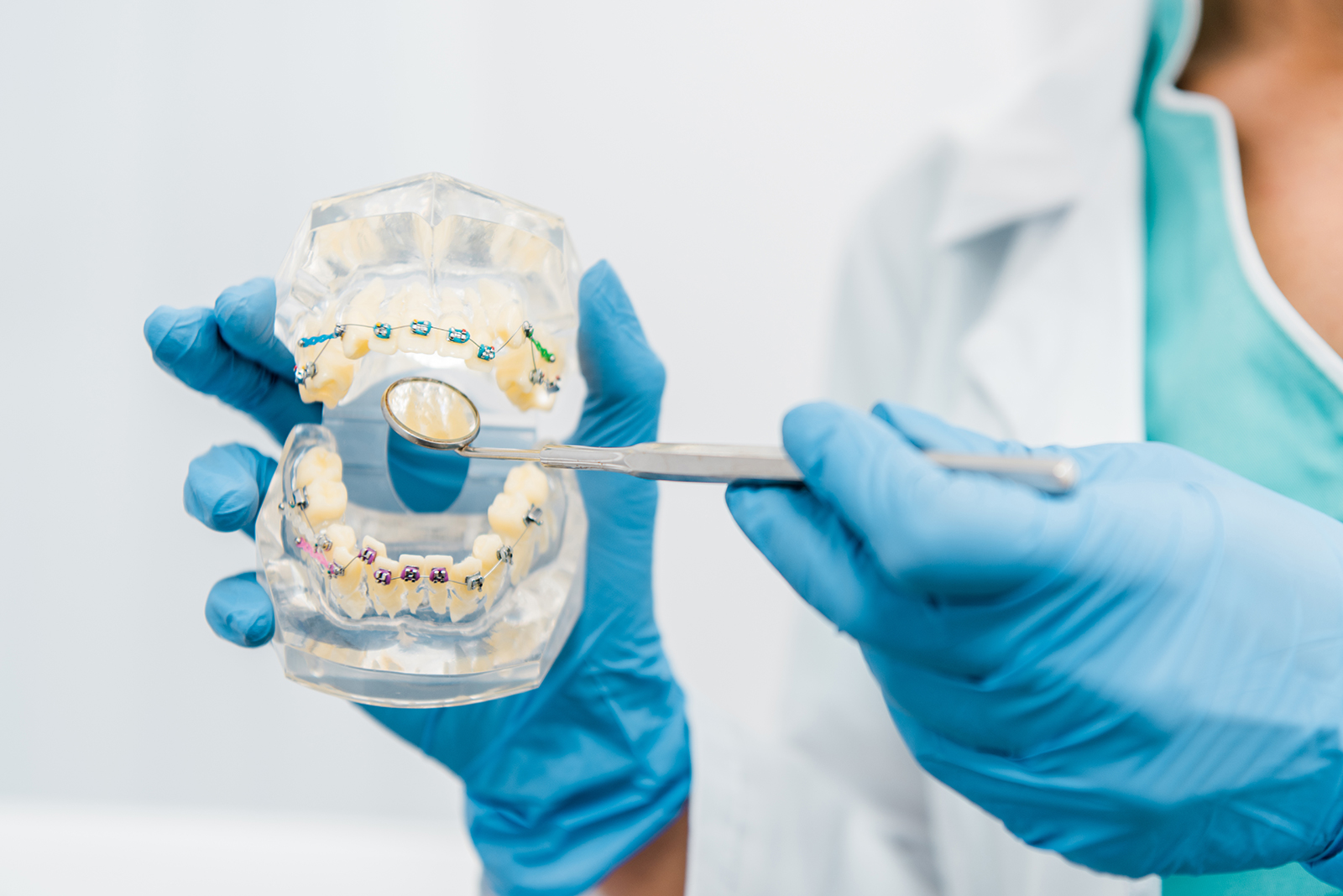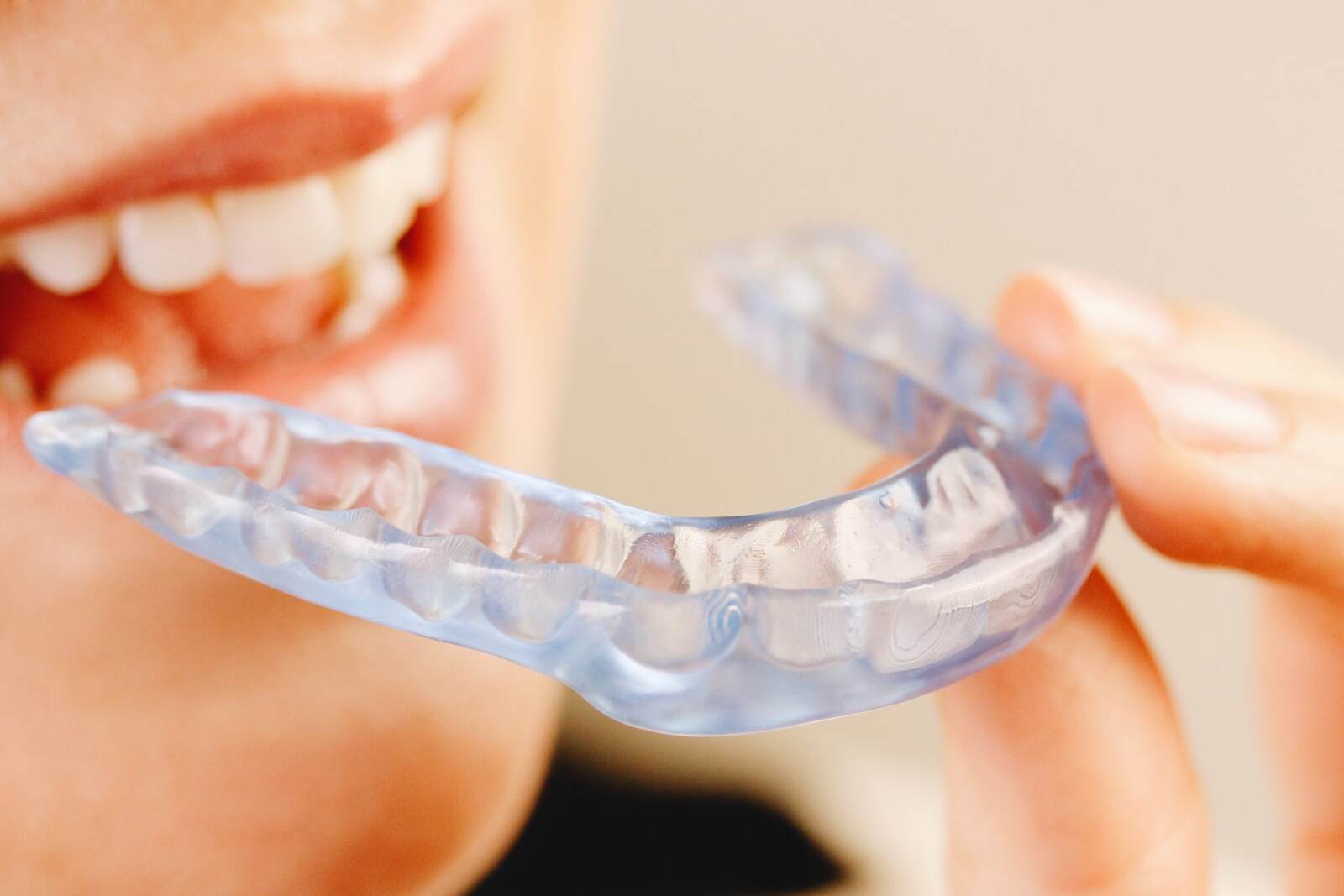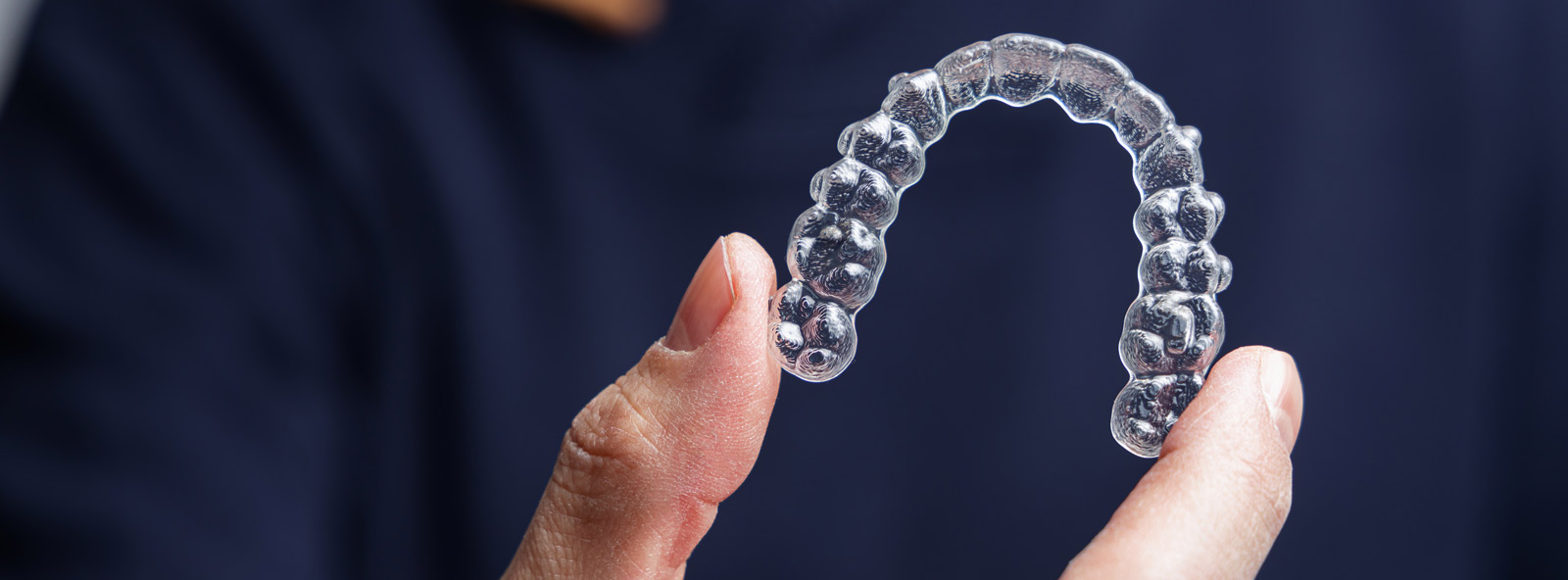If you are undergoing orthodontic treatment or have been researching invisible aligners, you may have heard the term “dental stripping” or “IPR” (Interproximal Reduction). And if you haven’t heard it before, don’t worry, here we explain it clearly and simply.
What is dental stripping or IPR?
Dental stripping is a procedure in which a small amount of enamel is reduced between teeth to gain space and improve dental alignment. It is done with special tools, such as abrasive strips or diamond discs, and is measured in fractions of a millimeter. Don’t worry, it is not painful or invasive, and the enamel removed is minimal.
This procedure is performed in a controlled manner and with precision instruments to ensure that the amount of enamel removed is adequate. It is also a method widely used in modern orthodontic treatment to optimize results without resorting to more invasive procedures.
Why is it done?
There are several reasons why an orthodontist may recommend dental stripping:
- Avoid extractions: In some cases, when there is little space in the mouth, instead of extracting a tooth, it is opted to minimally reduce the size of several teeth.
- Improve alignment: Sometimes teeth are crowded and need a little more space to align properly.
- Prevent relapse: After orthodontic treatment, stripping helps keep teeth in place, reducing the chance of them moving again.
- Improve esthetics: Tooth shapes can be softened to make the smile look more harmonious.
- Optimize the bite: In some cases, stripping helps improve chewing function, reducing irregular wear on the teeth.
Are there other methods to achieve the same results?
Yes, in addition to dental stripping, there are other options that can help solve dental space and alignment problems:
- Tooth extractions: In cases where crowding is severe, it may be necessary to extract one or more teeth to allow the others to align properly.
- Dental arch expansion: Using devices such as palatal expanders, the size of the dental arch can be increased to generate more space without the need to reduce the enamel.
- Occlusal wear techniques: In some cases, minor adjustments can be made to the surface of the teeth to improve bite and alignment.
- Use of brackets or clear aligners: These devices can gradually reposition teeth without the need to wear away enamel, although in some cases they are supplemented with IPR.
Does dental stripping hurt?
No, the procedure does not hurt. Only the most superficial layer of the enamel is worn away, and in most cases it is not even necessary to use anesthesia. You may feel a slight vibration or pressure, but nothing to worry about.
Some patients may experience mild sensitivity after the procedure, especially when consuming hot or cold foods. However, this sensation usually disappears within a short time and can be minimized with the use of fluoride products or toothpastes designed for sensitive teeth.
Does it affect the health of teeth?
Stripping is designed to be safe when performed by a professional. A minimal amount of enamel is removed, which does not compromise the structure or health of the tooth. In addition, orthodontists often recommend the use of fluoride to strengthen the enamel after the procedure.
It is important to follow the oral hygiene instructions after stripping to avoid any possible plaque build-up in the areas where the reduction has been performed. Good brushing, flossing and fluoride rinses will help maintain dental health and prevent problems such as dental plaque. gingivitis or halitosis.
When is dental stripping recommended?
Dental stripping is recommended in specific cases and always under the supervision of an orthodontist. Some of the scenarios in which it may be beneficial include:
- Crowded teeth: When there is not enough space for teeth to align properly without extractions.
- Tooth size discrepancies: In some cases, certain teeth may be wider than normal and require a small reduction to achieve a more balanced bite.
- Correction of dental inclination: In patients with mild tooth tilts, stripping helps to correct alignment without aggressive movements.
- Completion of orthodontic treatments: Can be performed at the end of treatment to perfect alignment and achieve a more esthetic finish.
Conclusion
Dental stripping or IPR is a common procedure in orthodontics, especially with clear aligners. If your orthodontist recommends it, there is nothing to worry about. It is a safe and effective technique to achieve a more aligned and esthetic smile without the need for unnecessary extractions.
As with any treatment, it is essential that it is performed by an experienced professional and that all subsequent recommendations are followed to maintain healthy enamel and proper oral hygiene.
If you have any doubts or concerns about this procedure, do not hesitate to ask your orthodontist. Remember that every smile is unique and dental stripping can be an excellent option to improve yours. In addition, if you are concerned about the esthetics of your smile, you can learn more about the gummy smileTrust your specialist and follow the plan to get the smile you want!
Artículos relacionados
Comprehensive oral health, Orthodontics





